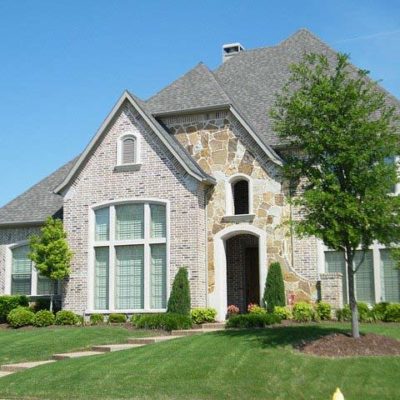Do you live in a multi-story home? Whether it has two or tree stories, you may discover that the bottom floor is often cooler during the winter.
Heat, of course, rises. When warm air is released out the vents, it will naturally rise to the upper floors.
Fortunately, there are a few things you can do to keep your home’s bottom floor warm during the winter.
Check Supply and Return Vents
Start by checking both the supply and return vents in your home.
Heating, ventilation and cooling (HVAC) systems release air through the supply vents and receive air through the supply vents. If the return vents on your home’s bottom floor are obstructed, most of the warm air will be released on the upper floors.
Conversely, obstructed supply vents will result in less warm air being released throughout your entire home.
Leave the Fan On
Setting your thermostat’s fan to “on” can help you achieve a warmer bottom floor during the winter.
Most thermostats have two fan settings: “on” and “auto.” The “auto” setting works by automatically turning on the fan whenever the furnace or air conditioner is running. The “on” setting works by continuously running the fan, regardless of whether the furnace or air conditioner is running.
Using the “on” setting will create a warmer bottom floor by circulating air throughout your home. If you use the “auto” setting, warm air will rise to the upper floors where it remains stagnant. It will only circulate when the furnace is running.
The “on” setting ensures that air constantly circulates throughout your home, regardless of whether the furnace is running.
Beware of Duct Leaks
Air duct leaks can lead to a cooler bottom floor.
For the warm air to reach your home’s bottom floor, it must travel through a network of ducts. If there’s a leak in the ductwork, less warm air will reach your home’s bottom floor.
Invest in a Zoned HVAC System
When all else fails, consider investing in a zoned HVAC system.
Zoned HVAC systems are defined by their use of multiple heating and cooling areas. They leverage dampers within the ductwork to redirect conditioned air to specific parts of your home.
With a zoned HVAC system, you’ll have at least two thermostats. You can use one thermostat to control the temperature of the bottom floor, and you can use another thermostat to control the temperature of the upper floors.
If you are experiencing a problem with your air conditioning or heating call us at 512-336-1431 to schedule an appointment. We’ll be glad to come out and take a look at the issue.
1431-183 A/C & Heating proudly serves Round Rock, Georgetown, Cedar Park, Pflugerville, Leander, Liberty Hill, and North Austin.

